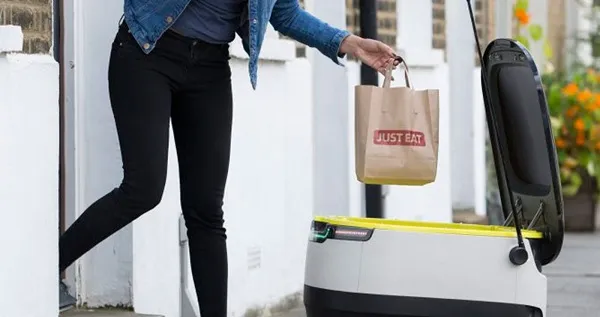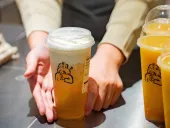
Drones could make foodservice delivery cheaper for consumers
An article by Euromonitor International explores what the coming of delivery drones could do for foodservice.
Autonomous delivery vehicles (robots) have taken to the streets and skies in recent trials as major delivery influencers attempt to push the boundaries of what technology can do to improve the delivery experience, and challenge the established foodservice delivery order. Though still in test-mode, simply put, drones could deliver a meal from the point of preparation straight to the consumer’s door without human intervention. Drones leverage a variety of advanced technologies, such as GPS, computer imagery and collision avoidance technology, to navigate even dense urban environments.
In a perfect delivery world in which drone technology was feasible, and the right legislation was in place, drones could shorten delivery times, expand coverage zones and offset high-volume orders during peak hours. Perhaps most importantly, drones could offset operational costs, and those savings could be passed on to the consumer, making delivery a cheaper and even more attractive channel to a wider segment of consumers. Legislation will be a hurdle, and the technology needs tweaking, but it seems clear that drones are coming, and this could be good for consumers.
Automation drives down cost
Drones are just the most recent iteration of a larger trend in foodservice automation. Technology is being integrated into all aspects of foodservice, making operational processes more efficient and less costly. Technology is improving “back-of-house” operations, and is being used to engage consumers through mobile apps, self-service kiosks and modern payment terminals. Technology has had a large impact on delivery as well. Third party delivery aggregators have used digital channels, mainly through mobile apps, to make the experience of choosing a cuisine type, comparing prices, placing the order and making payment more seamless.
Most of the technology applied so far to foodservice delivery has been software-related. Drones, on the other hand, are a new injection of high-tech hardware that could have a major impact on the “cost factor”. Operating drones is expected to be cheaper and more efficient than traditional deliverymechanisms. If a delivery company can use drones to offset operational costs, then, like other automated processes in foodservice, those savings could be passed on to the consumer. This might make delivery more cost-effective for more consumers, and delivery could be an even greater driver of foodservice sales than it already is.
Early adopters
That’s the long-term goal, anyway, and certain early adopters hope to be a part of that wave of change. Just Eat, the third party delivery aggregator in the UK, successfully test-trialled its first delivery by robot in early December in London. The company partnered with technology firm Starship Technologies to develop a land-based robot, on wheels, that could successfully navigate London’s cobbled streets and bring takeout to a customer without human intervention.
WRITTEN BY STEPHEN DUTTON
For more information, visit Euromonitor International's website here.
Photo credit: just-eat.co.uk


























